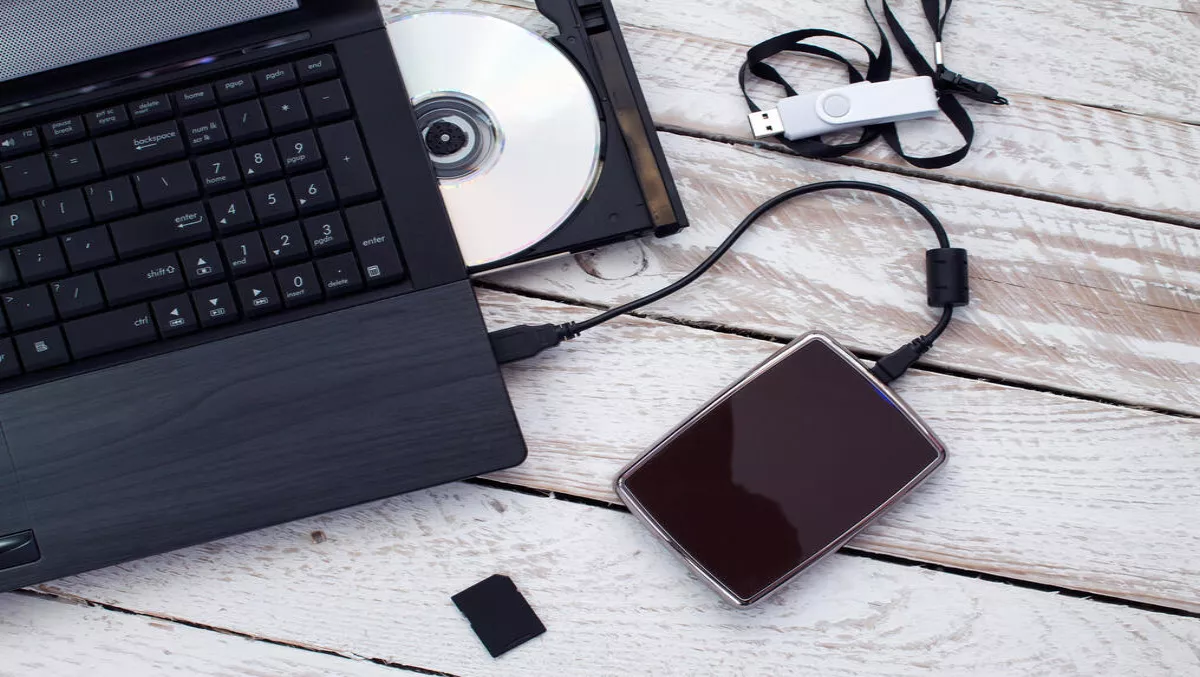
Data-junkies saddle up, USB transfer speeds are doubling
For users like myself who constantly copy massive files to external drives, there is some great news on the horizon.
USB 3.2-equipped laptops and external drives could reach speeds of 20 gigabits per second.
The new USB 3.2 technology doubles that to 20 Gbps using new wires available if your device is equipped with the latest hardware, specifically the modern USB-C connectors and cables.
Frequent external drive users know that faster USB is handy if you're restoring data from the drive, backing up your music collection or transferring video off your camera.
The USB 3.2 technology is defining in how data is sent over cables.
According to USB-IF Chairman Brad Saunders, it'll be at least 12 to 18 months before the very first products making use of this technology hits the market.
ABI research indicates that this year should be the tipping point for USB-C technology.
According to ABI research USB Type-C will reach 830 million devices in 2021, growing at a rate of 69% a year.
This momentum is also confirmed by previously published USB Type-C Interfaces.
Jeff Orr, USB Type-C Interfaces insight author says, "All indications are that the supply chain is well on its way to delivering this vision.
"Focus is now shifting to device and system OEMs to broadly implement Type-C in their product solutions.
Intel has also announced their commitment to integrating faster USB ports with the Thunderbolt port.
They envision a future where high-performance single-cable docks are commonplace.
With Thunderbolt 3 integrated into the CPU, computer makers can build thinner and lighter systems with only Thunderbolt 3 ports.
Chris Walker, Intel spokesperson says, "For the first time, all the ports on a computer can be the same, any port can charge the system and connect to Thunderbolt devices, every display and billions of USB devices.
"Designs based on Intel's integrated Thunderbolt 3 solution require less board space and reduce power usage by removing the discrete component needed for existing systems with Thunderbolt 3.
"In addition to Intel's Thunderbolt silicon, next year Intel plans to make the Thunderbolt protocol specification available to the industry under a non-exclusive, royalty-free license.
The Thunderbolt uses USB-C ports and delivers 40 Gbps of data-transfer speed already today.
However, Thunderbolt compatible cables are more expensive than traditional ones.
The connectors are reversible, so you no longer have to worry which way is up when you're plugging in a cable.
This is a very exciting time for data-junkies across the world, with the speed and convenience of data-transfers rapidly increasing.


